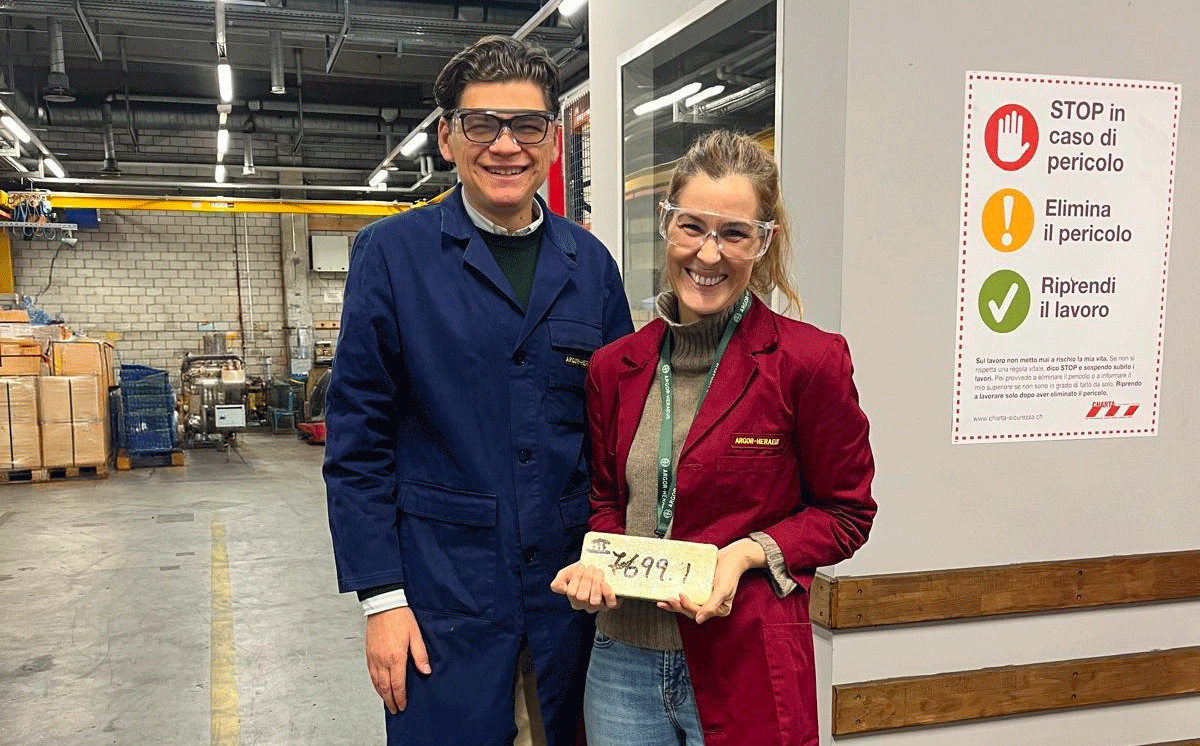Formalization of ASM value chains: the World Gold Council highlights the central role of processing plants
This finding reinforces the ambition and responsibility of OCIM, which has owned two gold production units in Peru since March 2025. The group aims to quickly restart operations and to become the best counterpart for local ASM miners by setting an example in each of the ESG criteria components.
A recent report has made an important new contribution to recognizing the central role of processing plants in creating responsible supply chains. Commissioned by World Gold Council and written by Levin Sources, a B Corp certified consultancy that drives the transition to just and sustainable minerals value chains, this document shows that processing plants can help bring more ASM gold into those supply chains and make an important contribution to formalized and responsible gold sectors as the basis for driving sustainable development in gold-producing regions.
A multifaceted role
Let’s start with an observation: ASGM value chains remain largely informal. Initiatives to encourage those actors to legitimize, professionalize, and eventually formalize are often hindered by complex regulations, poorly designed incentives, or additional costs inherent in the formal sector. Artisanal miners’ reliance on informal trading channels contributes to a persistent lack of transparency in gold supply chains, leaving miners vulnerable to exploitation and trapped in a cycle of limited access to responsible finance. The use of hazardous chemicals, particularly mercury, is a major concern in the ASGM sector, causing significant environmental and health impacts. Artisanal miners often recover only 30 to 40 percent of the gold, and mercury-containing waste is sometimes treated with cyanide, exacerbating pollution. Despite these challenges, ASGM accounts for 15 to 20 percent of the global gold supply and is a livelihood for millions.
This report concludes that responsibly managed gold processing plants can play a crucial role by offering more efficient, mercury-free gold recovery methods, increasing miners’ revenues, and making formalization more viable. These units can reduce mercury dependence, improve the environment, and integrate ASGM operations into formal supply chains, benefiting downstream buyers and miners. They also enable regulators to better control the sector and combat criminal activities.
Many challenges ahead
However, a distinction must be made: few existing processing plants would meet the World Gold Council’s working assumption. Key barriers to commercially viable and responsible processing plants are numerous and range from poor operating standards, informality of many small-scale processing plants, remoteness of mine sites to lack of access to finance or distrust with miners.
In that context, the main challenge is therefore to have processing plants that are both responsible and commercially viable. Several success factors are being explored to achieve this.
Policy & regulatory context
- Adoption of a national strategy to gradually scale processing plants.
- Proportionate and fit-for-purpose regulatory frameworks. Regulators must strike the right balance between putting in place requirements that ensure legality and responsible business practices and not making compliance so burdensome that processing plants and/or miners are encouraged to operate outside of the legal framework.
- Enable and reward transformation towards formality.
Technical factors
- Scale-up. A sector with fewer larger plants (instead of many small ones) is easier to oversee and regulate, and traceability is easier to achieve. Furthermore, larger processing plants have more financial resources and technical capacity to become commercially viable.
- Secure and quality transportation.
- Capacity. To prevent mercury use, processing plants must be equipped with machinery and have the technical knowledge to implement alternative and environmentally friendlier processing technologies.
- Financial and technical assistance. Processing plants need up front capital at a larger scale to allow them to get up and running.
- Environmental protection. Processing plants are water- and energy-intensive and produce large volumes of waste. Some larger processing plants are operating with tailings storage facilities, which is preferable to direct dumping of waste into the environment.
Business relationships
- Trust. Strong, long-term partnerships between processing plants and their suppliers as well as their buyers is key to their commercial success.
- Fair trading terms. Part of building trusted relationships with suppliers are fair payment terms. Poor payment terms (especially slow payments e.g. through a government-run system) or mistrust in assay results and therefore a sense of being paid too little can result in miners selling their ore elsewhere.
- Financial partnership. Processing plants that provide financial and/or technical assistance to miners often find it easier to establish stable and longer-term relationships with them and therefore securing supply as well as having better oversight of their social and environmental practices

Peru, a heavyweight in the ASM sector
Among the six countries studied in this report, one stands out as particularly emblematic: Peru. Gold is mined and processed in all regions, but the level of formality, scale and extent of responsible business conduct varies. ASM gold mining is particularly strong and. It comprises more than 300,000 mining operators locally and contributes approximately 25% of the country’s gold exports.
Chala, located in the province of Caravelí, Arequipa region, has established itself as an important gold hub in Peru due to its proximity to prominent artisanal mining centres, as well as easy access to the Pan-American Highway. This growth has led to the establishment of various mineral processing plants in the area. Those units act as the main aggregators, with there being fewer traders compared to other countries with strong ASM sectors.
The case of Peru is also exemplary because of its legislation, which allows processing plants to source from miners who are in the process of formalization – as opposed to having to wait until they are fully formalized. This progressive improvement model has the advantage that the very business relationship can provide miners with the financial and technical capacity to improve their practices and obtain permits and licenses.
OCIM, a new key player for artisanal miners in the country
OCIM is at the heart of the transformation of the Peruvian ASM gold sector. The group is indeed the sole owner of the Chala One, that the report mentioned at length, and Kori One processing plants following the Inca One Gold Corp receivership proceedings. This acquisition follows a period during which OCIM, Inca One’s largest financial backer, agreed to five debt restructurings, proposed several amicable transactions and repurchased the debt of several other shareholders.
Located in the south of Peru and duly permitted by local authorities, those two plants produced about 20’000 ounces (600 kilos) of gold in 2023, using only 20% of its permitted capacity, which is the second-highest built out ore processing capacity in Peru.
OCIM’s objective is now to restart activities quickly at the two plants and to resume gold doré production in 2025, relying on an historical and committed local management team, with the objective to make these plants the best counterparts for local ASM miners by setting an example in each of the ESG criteria components.
To achieve this, OCIM is further investing in a significant manner, both in capital expenditures and by providing working capital to allow for ore purchase terms that will be competitive in the market. OCIM’s objective is also to abide by the most stringent principles in that gold processing business, with guidance from LBMA rules dedicated to the ASM industry. In that endeavor, OCIM fully shares the Swiss Better Gold vision of enabling responsible, traceable and resilient supply chains.
Convinced of the central role of processing plants in formalizing ASM value chains, OCIM fully endorses the conclusions of this report and is preparing to actively assume its responsibilities in order to respond to the many challenges it faces.






